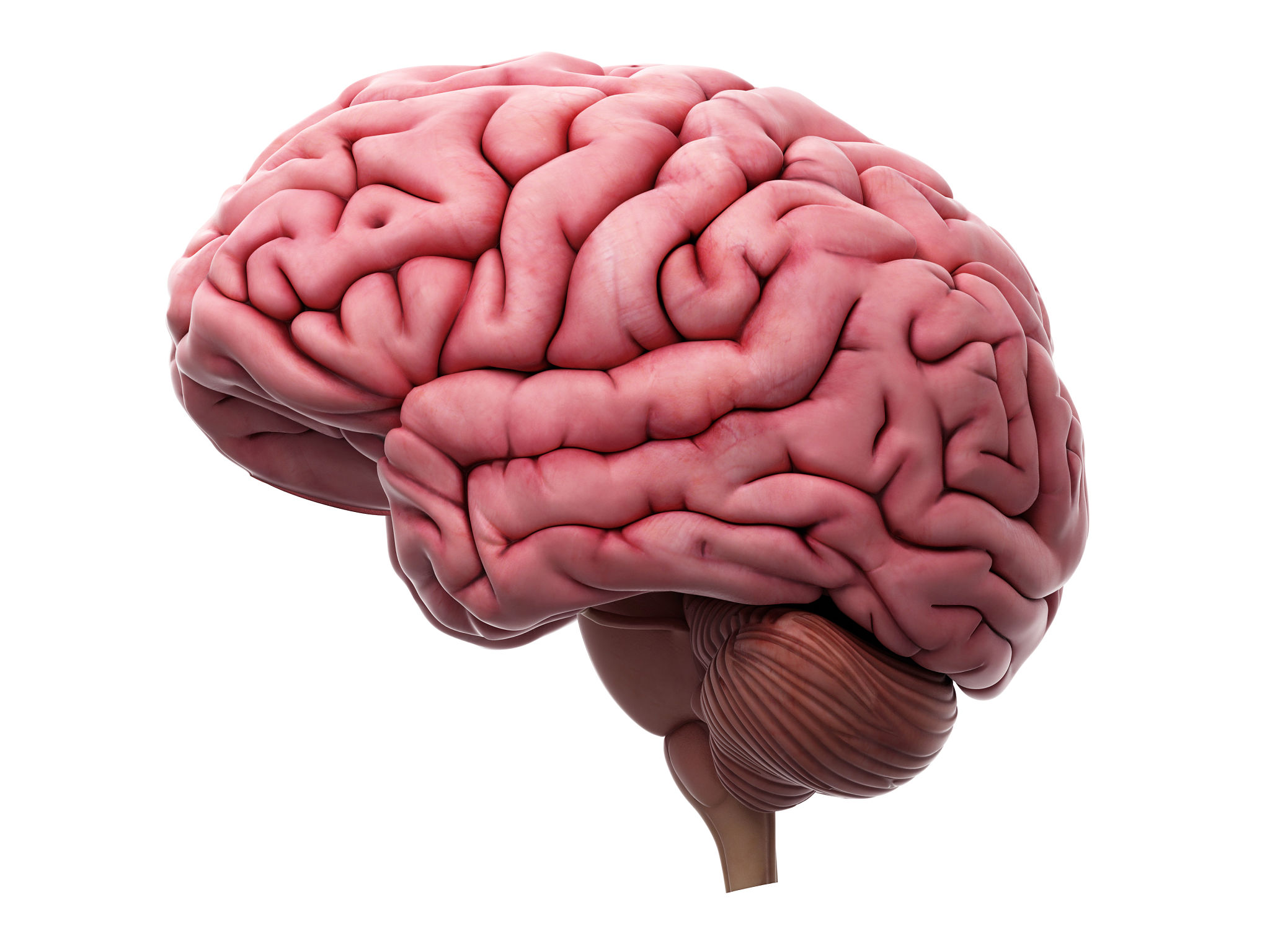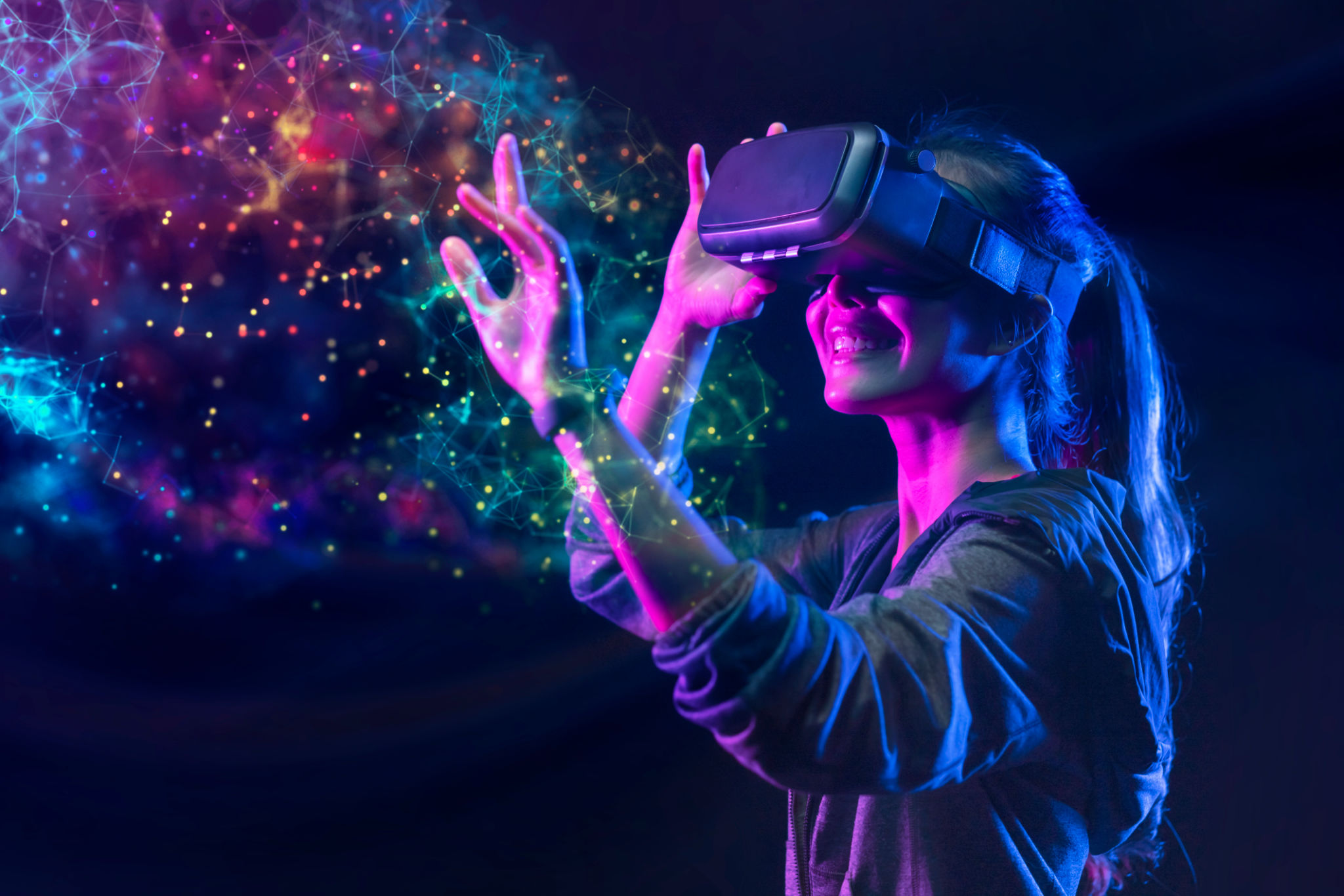Creating Visual Narratives: Making Neuroscience Accessible
St
Understanding the Power of Visual Narratives
In today’s rapidly evolving digital landscape, making complex scientific concepts accessible to a broader audience is more crucial than ever. Neuroscience, with its intricate details and sophisticated theories, often seems daunting to the uninitiated. However, by leveraging the power of visual narratives, we can bridge this gap, transforming complex ideas into engaging and easily digestible content.
Visual storytelling has the unique ability to capture attention and evoke emotions, making it an ideal tool for science communication. When applied to neuroscience, it can illuminate the mysteries of the brain in a way that resonates with a diverse audience.

Breaking Down Complexity with Storytelling
One of the most effective ways to make neuroscience accessible is through storytelling. Stories provide context and relevance, helping audiences connect abstract ideas to real-world experiences. By crafting narratives around scientific findings, we can make them more relatable and less intimidating.
For instance, explaining the synaptic connections in the brain can be likened to a bustling city’s network of roads and highways. This analogy not only simplifies the concept but also creates a vivid image in the reader's mind, enhancing understanding.

Utilizing Visual Aids
Visual aids such as infographics, diagrams, and animations are invaluable in science education. They allow for the transformation of data-heavy information into visually appealing formats that are easier to comprehend. These tools can break down complex processes into step-by-step guides that illustrate how different parts of the brain interact.
Consider using animations to show neural pathways or interactive diagrams that allow users to explore different brain regions. These engaging formats not only educate but also invite exploration and curiosity.
The Role of Technology in Visualization
Technology plays a pivotal role in creating compelling visual narratives. From virtual reality (VR) experiences that let users explore the brain in 3D to augmented reality (AR) applications that overlay information onto the real world, technology offers innovative ways to engage audiences with neuroscience.
These immersive experiences can transport users into the microscopic world of neurons, providing a firsthand look at how our brains function. This hands-on approach helps demystify neuroscience, making it more accessible and less abstract.

Engaging Diverse Audiences
To make neuroscience truly accessible, it’s essential to consider the diverse backgrounds of your audience. Tailoring visual content to suit different cultural contexts and educational levels ensures that your message reaches and resonates with a wider audience.
By incorporating diverse perspectives and inclusive storytelling techniques, you can create narratives that are universally relatable, promoting a greater understanding of neuroscience across various demographics.
Conclusion: The Future of Science Communication
The integration of visual narratives into science communication marks a significant shift towards making complex information more accessible. By combining storytelling with advanced technology and inclusive strategies, we can bring the fascinating world of neuroscience to a broader audience.
As we continue to innovate in this space, the potential for visual narratives to transform how we understand and engage with science is limitless. Embracing these tools will not only enhance public understanding but also inspire future generations of scientists and thinkers.
